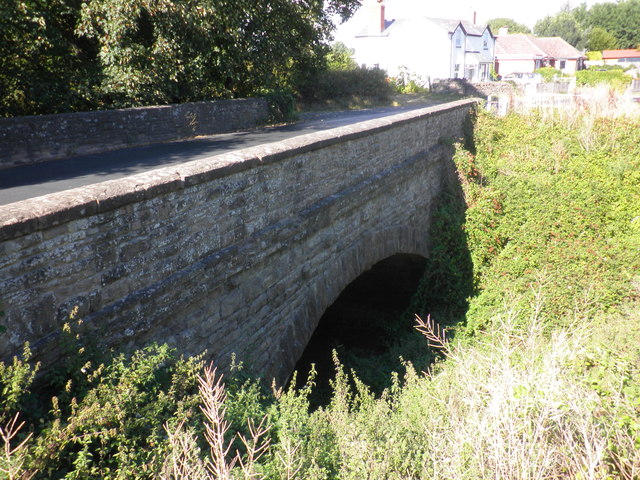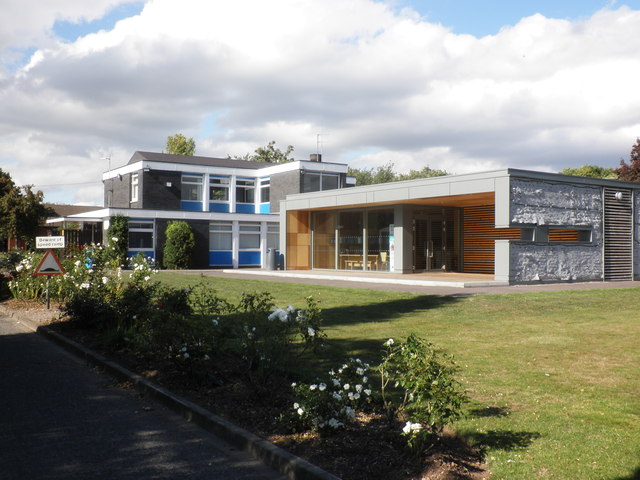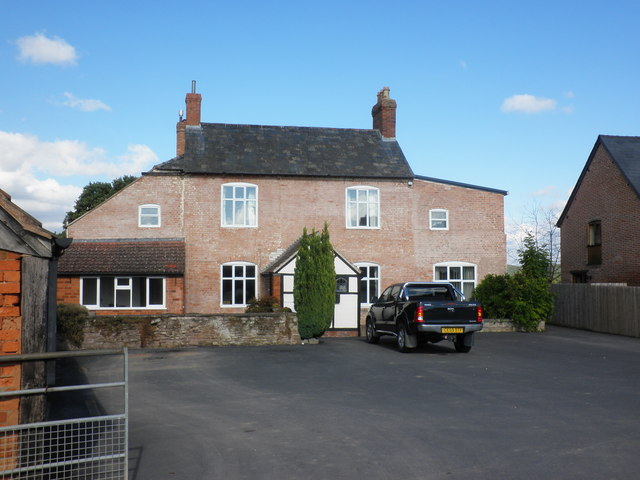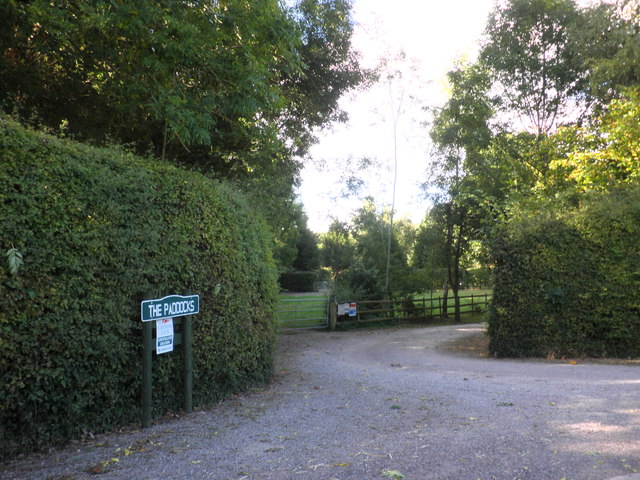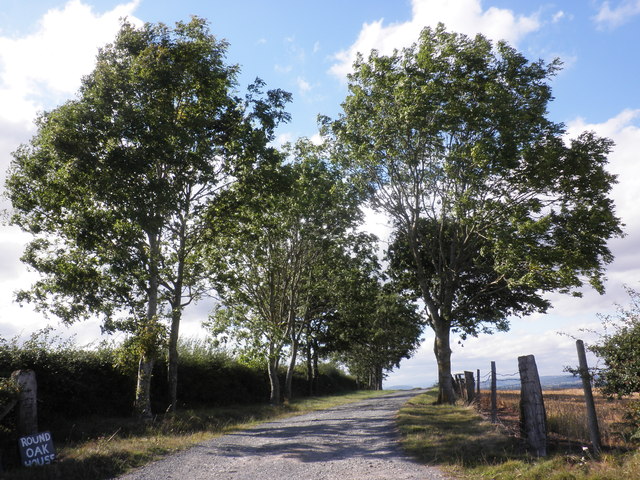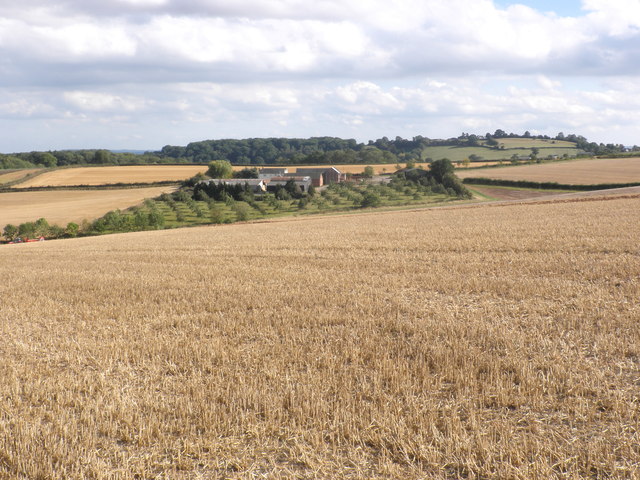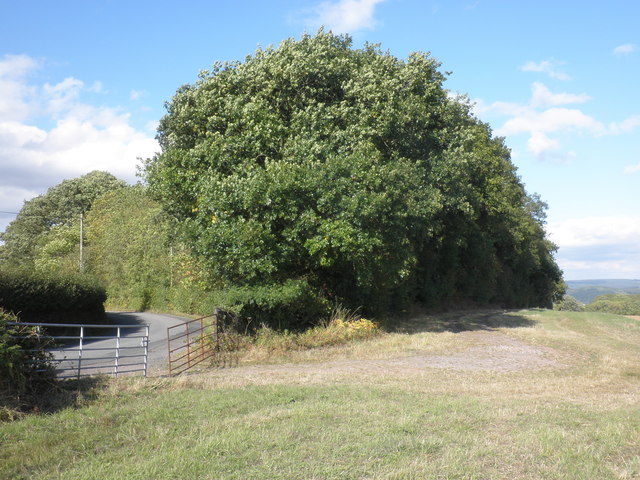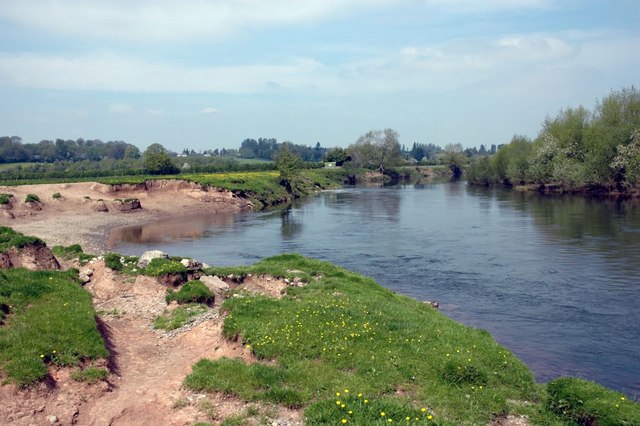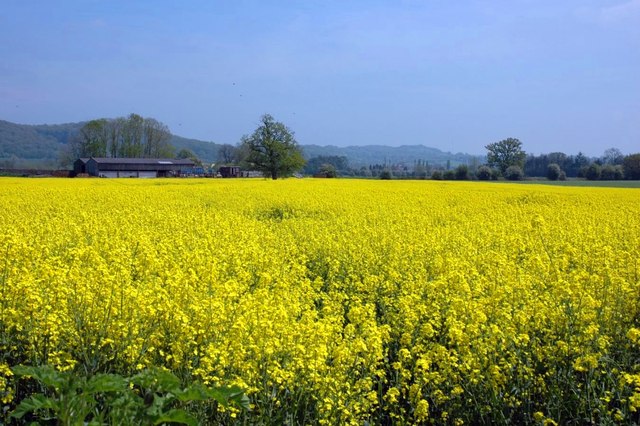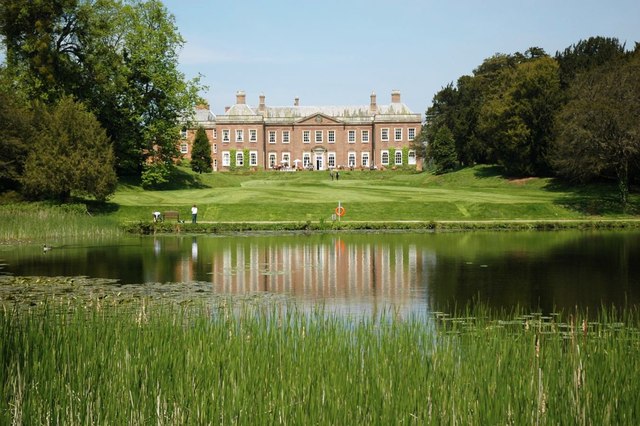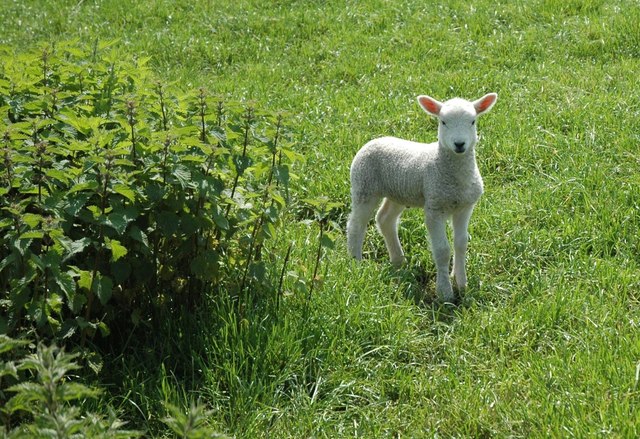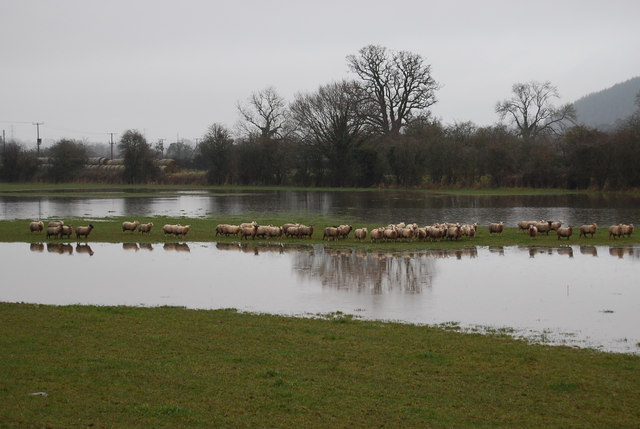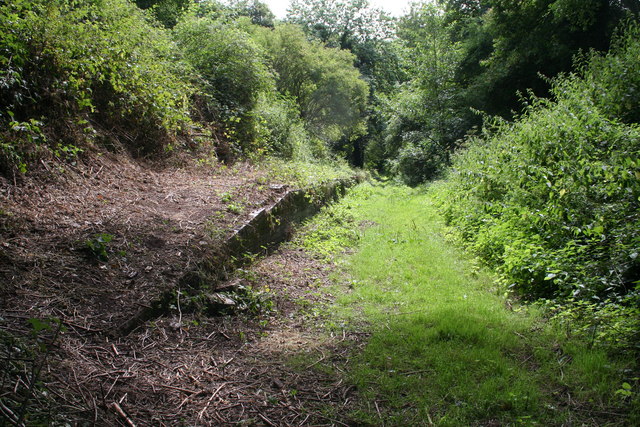The Park
Downs, Moorland in Herefordshire
England
The Park
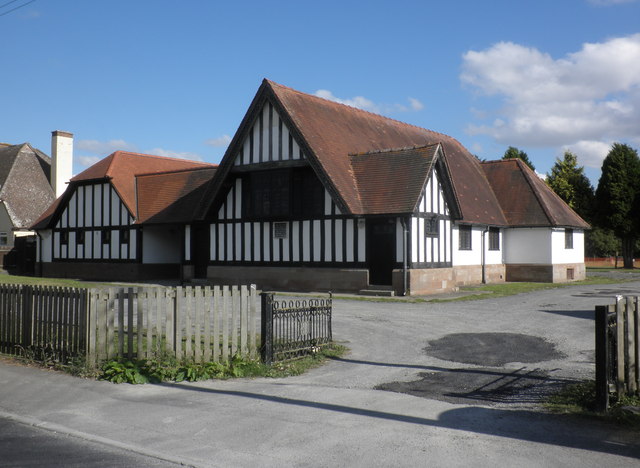
The Park, located in Herefordshire, is a picturesque area characterized by its expansive downs and moorland. Spanning over a significant area, it offers visitors a diverse and captivating landscape to explore. The downs, known for their rolling hills and open grassland, provide a stunning panoramic view of the surrounding countryside. This vast expanse of greenery is perfect for leisurely walks, picnics, or simply enjoying the tranquility of nature.
The moorland in The Park showcases a unique ecosystem with its heather-covered hills, rocky outcrops, and scattered woodland. This rugged terrain is home to various species of flora and fauna, making it a haven for wildlife enthusiasts and photographers. The moorland offers visitors the opportunity to spot native wildlife such as red deer, birds of prey, and even rare species such as the black grouse.
The Park, Herefordshire, also boasts a network of well-maintained footpaths and trails, allowing visitors to explore the area at their own pace. Hiking enthusiasts can embark on challenging routes that lead to breathtaking viewpoints, while families can enjoy more leisurely strolls. The park management provides informative signage, ensuring visitors can navigate the area easily and learn about the local history and natural features.
Furthermore, The Park is equipped with visitor facilities, including parking areas, picnic spots, and even a visitor center where tourists can obtain maps, guidebooks, and expert advice. These amenities make The Park an accessible and enjoyable destination for people of all ages and interests.
In conclusion, The Park in Herefordshire offers a captivating blend of downs and moorland, providing visitors with a stunning natural landscape to explore. With its diverse wildlife, well-maintained footpaths, and convenient visitor facilities, it is an ideal location for outdoor enthusiasts seeking to immerse themselves in the beauty of nature.
If you have any feedback on the listing, please let us know in the comments section below.
The Park Images
Images are sourced within 2km of 52.006606/-2.6567811 or Grid Reference SO5534. Thanks to Geograph Open Source API. All images are credited.
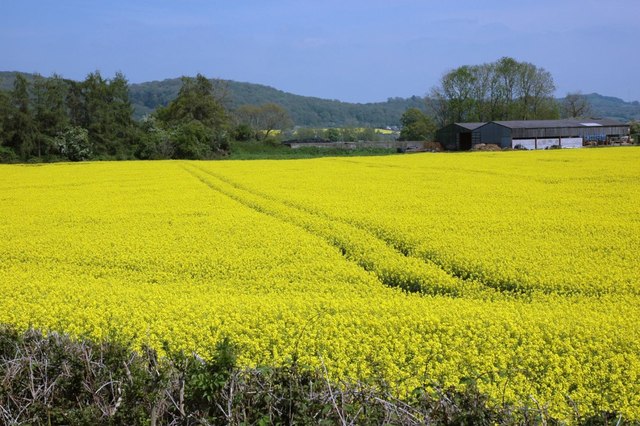
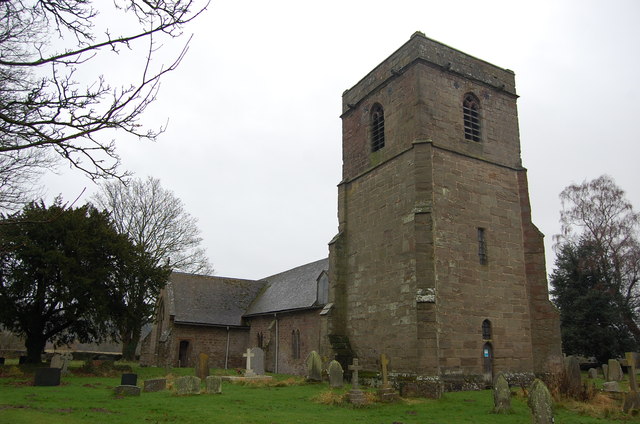

The Park is located at Grid Ref: SO5534 (Lat: 52.006606, Lng: -2.6567811)
Unitary Authority: County of Herefordshire
Police Authority: West Mercia
What 3 Words
///ringers.register.cutback. Near Lower Bullingham, Herefordshire
Nearby Locations
Related Wikis
National School of Blacksmithing
The National School of Blacksmithing (NSB) is part of Herefordshire and Ludlow College, a college of further education (FE). It is located at the Centre...
Holme Lacy railway station
Holme Lacy railway station is a disused railway station that served the village of Holme Lacy in Herefordshire. One of the original two stations between...
Holme Lacy
Holme Lacy is a village in the English county of Herefordshire. The population of the civil parish was 466 at the 2011 Census. == Category == It is a primarily...
Bolstone
Bolstone is a village and civil parish in Herefordshire, England, 9 km (5.6 mi) south of Hereford. According to the 2001 census, it had a population of...
Nearby Amenities
Located within 500m of 52.006606,-2.6567811Have you been to The Park?
Leave your review of The Park below (or comments, questions and feedback).
